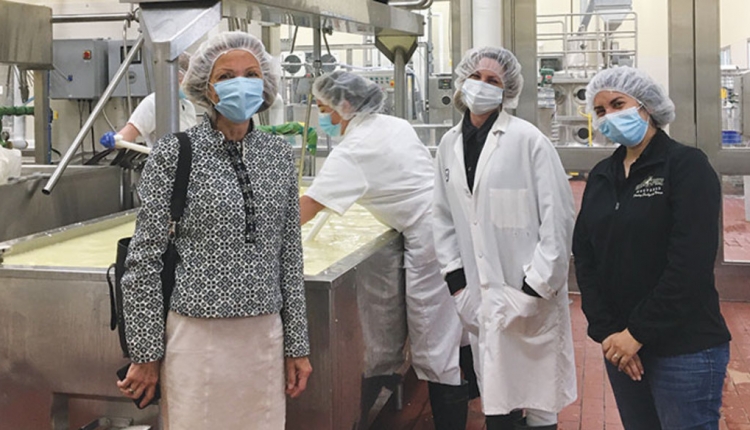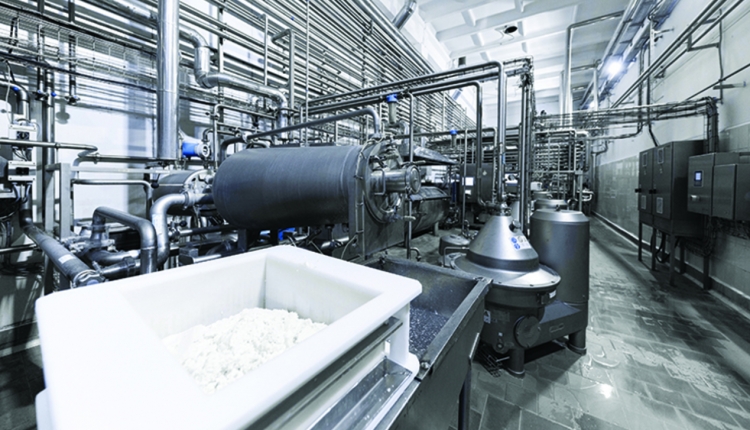
Training farm personnel not only improves animal welfare and improves farm profitability, but it also enhances the work environment by making people feel like part of a cohesive team. By working with people on preventing potential problems, farms see lower disease incidence, experience faster diagnosis and treatment, and get more productivity.
To start a training program, Adrian Barragan, D.V.M., a Penn State University professor, suggests a quick personality assessment to see how people can best work together.
In a 10-question quiz adapted from Tom Maddron’s Living Your Colors, Barragan outlined the farm personality test that categorizes people into cows, horses, dogs, and cats.
Know your people
“The first step is assessing different personalities,” Barragan said during “Effective Workforce Training,” a webinar put on by Penn State Extension. “No matter how much experience someone has, they don’t have experience at your farm. They need to be trained on how things are done at your place, which may be different than where they worked in the past. So, knowing what main personality traits people have helps everyone work better together.”
The “cow” is task oriented, while the “dog” cares more about people and how actions affect them. A “cat” is a statistician that takes information, processes it, and makes a decision. A “horse” is more freewheeling and wants to know all the options.
“People are usually a combination of these personalities instead of just one, but in a diverse group of people, it’s a good tool to develop teams. By knowing people’s work styles, it makes it easier for farmers to manage different personalities,” Barragan said.
Putting it into action
The next step is setting up standard operating procedures (SOPs) and protocols that are easy to understand, as well as taking language barriers into account. With technology such as cameras, phone apps, and disease diagnostic tools, farmers can monitor and possibly alter personnel behavior to get the best results.
“Consistency is everything on a farm. It’s best for cows when a routine is the same, every time. When it’s inconsistent, that’s when you get problems,” he said. “Using cameras and other tools let you see proof of improper feedbunk and cow management so you can trace and address these practices.”
Personnel performance is often only a contributing factor and not the sole problem, Barragan counseled.
“Problems in dairy operations are multifactorial,” he said. “Of course, if there’s a high turnover rate, or wet bedding, it can be the atmosphere or environment, but in most cases, performance may be only a contributing factor and not the root problem.”








